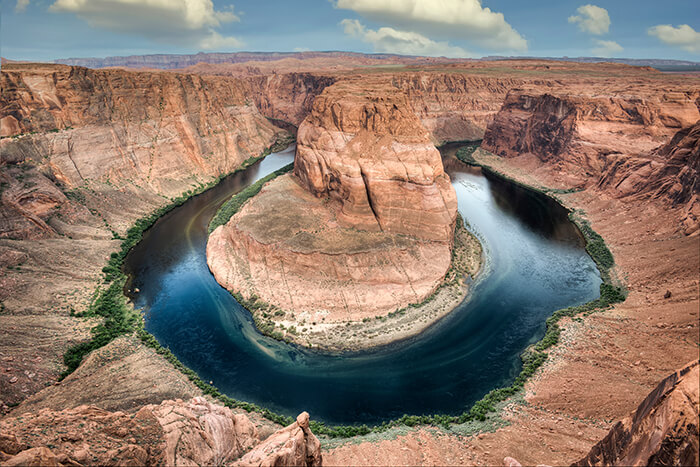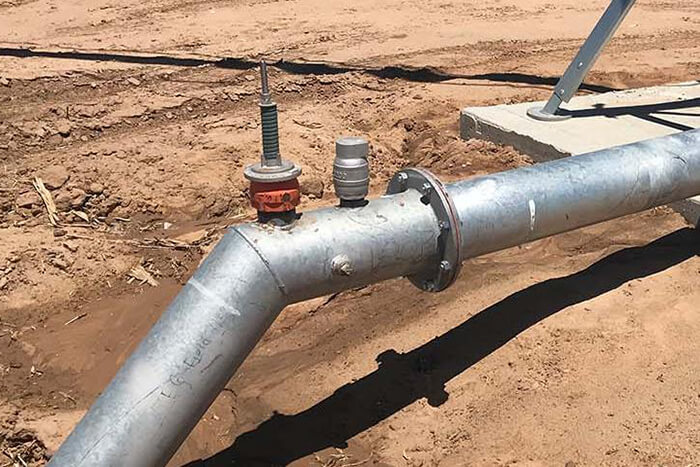The Irrigation Association, Fairfax, Virginia, asked for the Environmental Protection Agency to include its support for water efficiency program WaterSense in its FY 2022-2026 EPA Strategic Plan.
On behalf of the IA’s 1,300 member companies, Coleman Garrison, IA government and public affairs director, wrote a letter to the EPA in November 2021. In the letter, Garrison urged for the EPA to identify WaterSense “as an agency priority” in its strategic plan.
“The EPA is required to create a strategic plan for FY 22-26 that sets the priorities of the agency,” Garrison says. “The draft plan did not mention WaterSense, which is a really important program to the irrigation industry. While not including it doesn’t mean that the program will stop, we think it’s important to highlight it here.”
WaterSense was created in 2006 through a collaboration between the IA, the EPA and other NGOs, according to Garrison’s letter. The nonregulatory, voluntary program devised water-efficient performance measures. Products that meet the national program’s water-conserving requirements are able to be labeled as a WaterSense product. Since the program’s start, irrigation manufacturers, distributors and contractors have partnered with WaterSense
Local water authorities, utilities and city governments encourage usage of WaterSense-labeled products through incentive programs and rebates. Indoor and outdoor WaterSense-labeled products have saved more than 5.3 trillion gallons of water, according to WaterSense’s 2020 Accomplishments Report.
The IA has followed the program since its inception, serving as an official partner. The association also certified most irrigation professionals through its WaterSense-labeled irrigation contractor, designer and auditor certifications.
“The irrigation industry enthusiastically supports the continuation and growth of the WaterSense program,” Garrison says in his letter. “In addition to our continued work helping the program identify new products for labeling, we are exploring new and innovative ways to partner so we can help expand the promotion of current WaterSense-labeled products to consumers.”
In WaterSense’s continued development, Garrison says receiving the EPA’s support is vital.
“By specifically identifying the WaterSense program as an agency priority in the final FY 2022-2026 EPA Strategic Plan, the EPA will be sending a signal to consumers, the industry and Congress that it is committed to this program and the promotion of water-efficient products in the marketplace,” Garrison says in his letter.
The EPA’s strategic plan was open for public commentary until Nov. 12, 2021. The EPA will submit its final strategic plan to Congress in February, according to its website.





